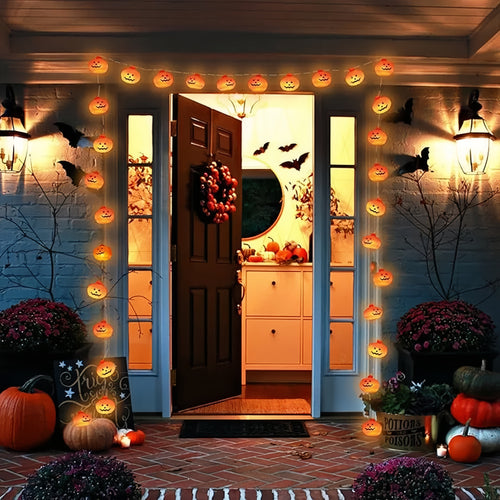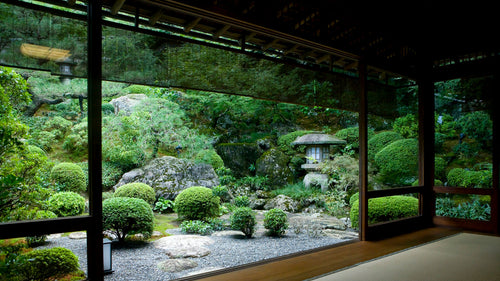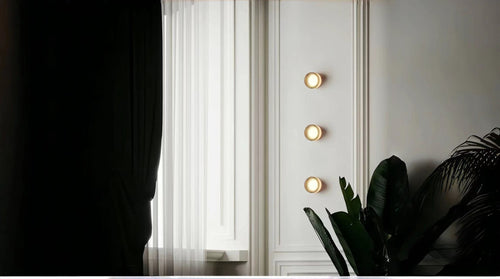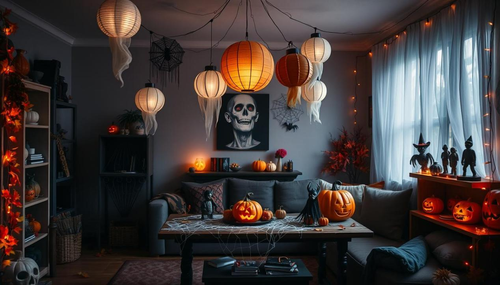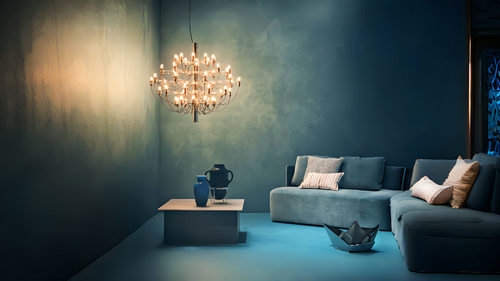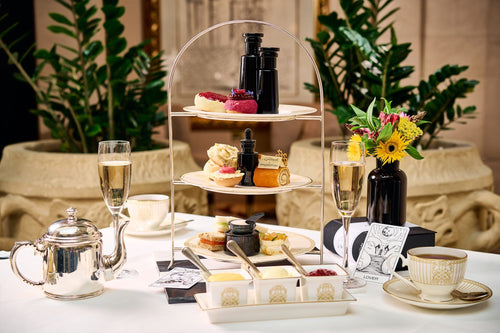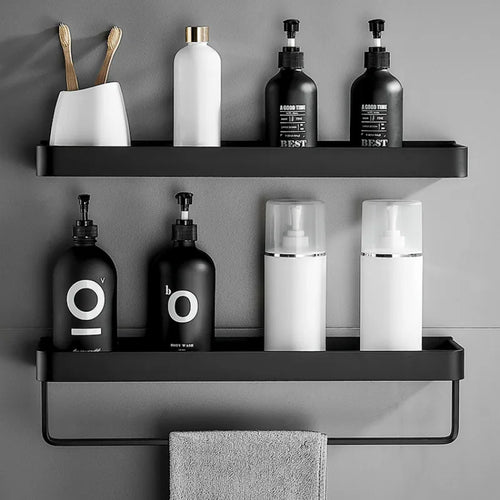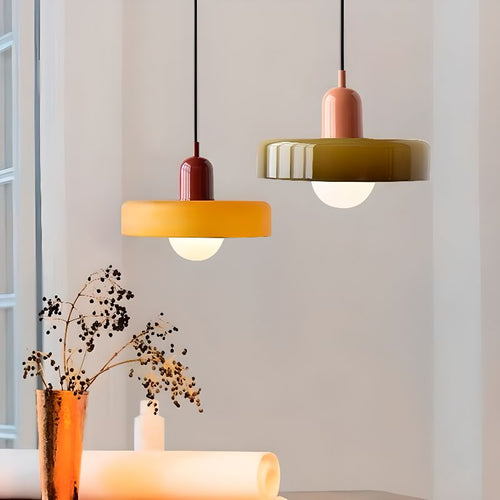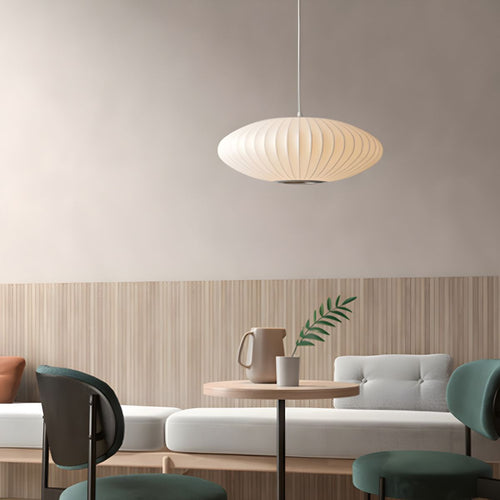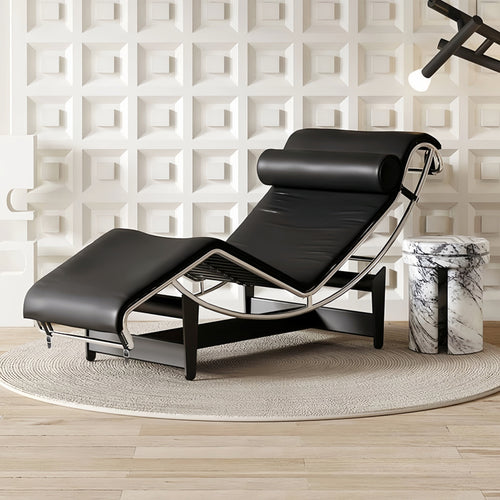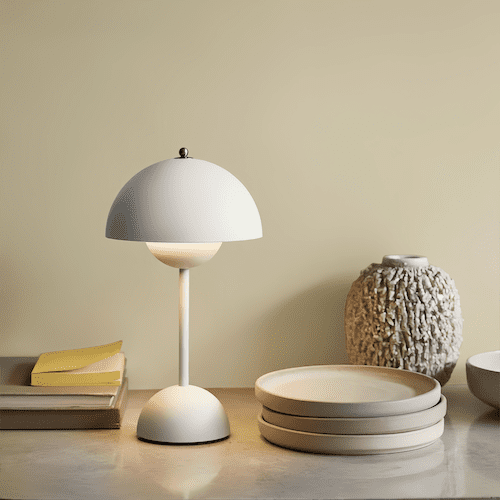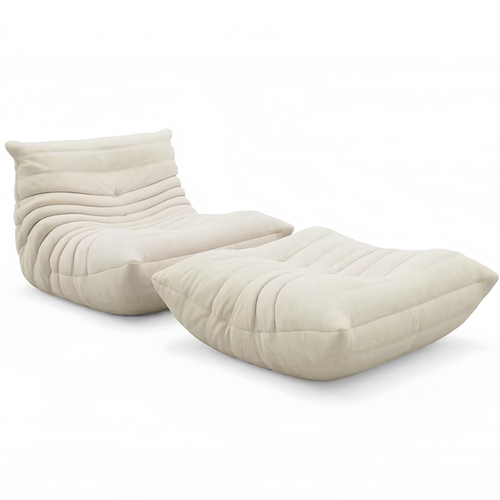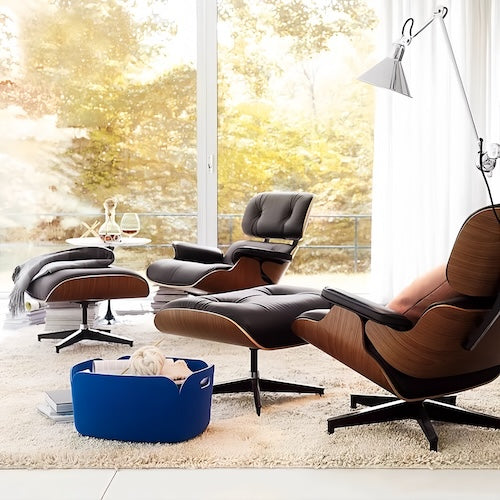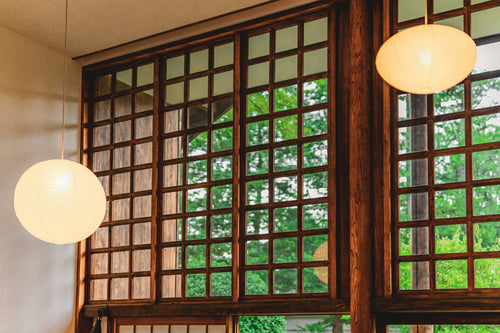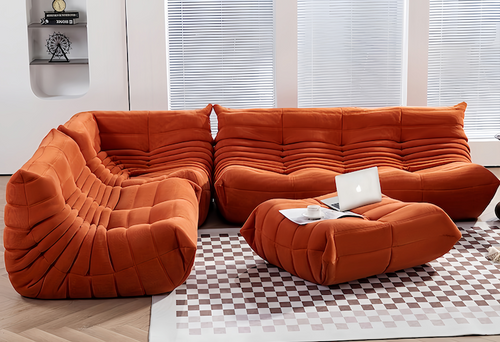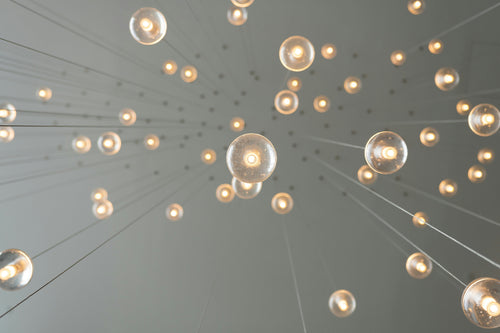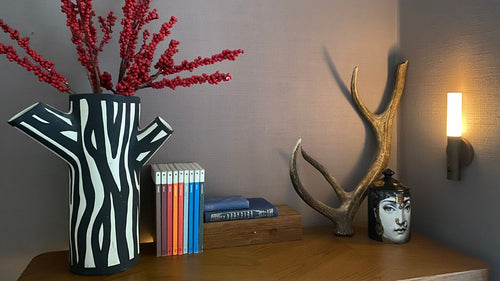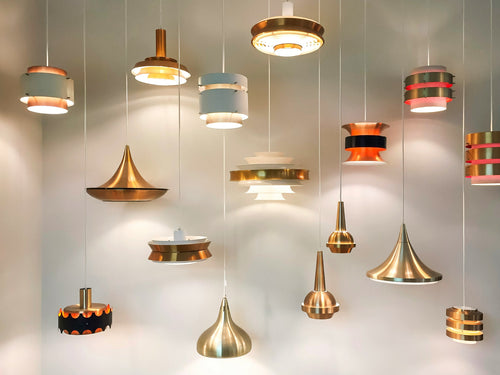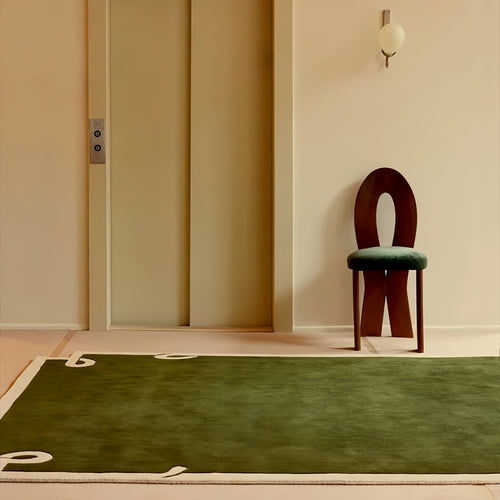Going to the store and buying a light bulb seems like a simple enough task. But with all the different types of light bulbs currently available, it can become quite challenging rather quickly. Once-popular incandescent bulbs have faded significantly in use. Energy-saving LEDs are the new bulbs of choice among today’s budget-conscious, environmentally aware consumers.
When compared to incandescent light sources, LEDs not only use completely different technology to create light, they also use different terms to describe their light. To find the right bulbs for your fixtures, you have to properly understand the “lighting lingo” on each light bulb label or box.
If you need a quick refresher course in reading a light bulb box, orangme is here to help. We understand that some of the terms found on today’s light bulb packaging sound unfamiliar or confusing. Hopefully this brief light bulb guide will make you a more confident, in-the-know consumer, and prevent frustration next time you purchase LED bulbs for your home.
Reading the Label
Back in 2012, the Federal Trade Commission mandated that all light bulb packaging include a Lighting Facts label. This required label is modeled after the Nutrition Facts label found on all food packages.
The purpose of the Lighting Facts label is to provide consumers with useful information when purchasing energy-efficient bulbs for common residential lighting fixtures. Here are basic explanations and definitions of the typical terms found on the Lighting Facts label.
Lumens
What are lumens? To put it simply, lumens are a direct measure of a bulb’s brightness, or luminosity. The more lumens, the brighter the bulb. Historically, wattage was used to measure light output, especially for incandescent bulbs. Unlike lumens, wattage refers to the amount of energy a bulb uses.
Today’s energy-efficient LED lighting options produce more lumens by using far less energy. Therefore, to get a more accurate account of brightness, regulations now require listing lumens on light bulb packaging instead of watts.
Here are basic brightness equivalents of LED bulbs (lumens) versus incandescent bulbs (watts):
1600 lumens / 100 watts
1125 lumens / 75 watts
900 lumens / 60 watts
600 lumens / 40 watts
375 lumens / 25 watts
Light Appearance
This term typically refers to an LED bulb’s color temperature, which is measured in Kelvin (K), and ranges on a scale from warm to cool.
The color temperature of a bulb determines the appearance of its light. Warm color temperatures (2700K – 3000K) appear to have a soft, golden hue, while cool color temperatures (5000K and above) appear to have a bluish tint similar to natural daylight.
Warmer bulbs are ideal for living room and bedroom light fixtures. Cooler bulbs are handy in desk, task, and reading lamps.
Life
LED bulbs have significantly longer lifespans when compared to their incandescent cousins. And LED bulbs generally don’t burn out. Instead, the light that’s emitted by the diode begins to fade over time and is considered useful until it has diminished by 30%. The number of years you see on the light bulb’s label refers to that useful period of life.
LEDs can last 20 years or more, while incandescent bulbs usually last less than one year.





